|
Tornado GR.1
Desert Storm
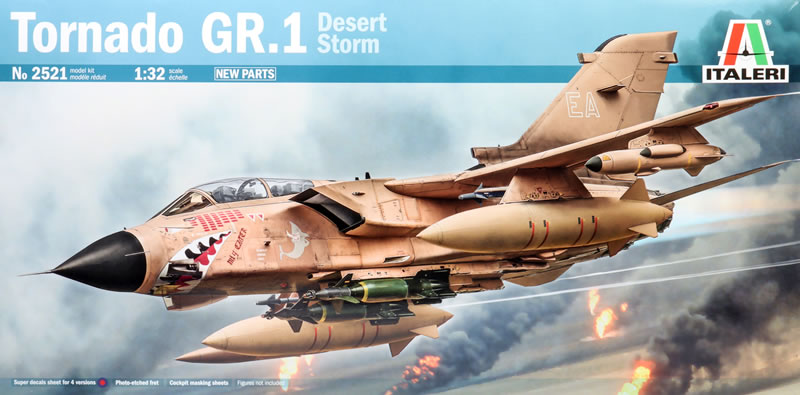
Italeri, 1/32 scale
S
u m m a r y |
| Description and Catalogue Number: |
Italeri Kit No.2521 - Tornado GR.1 Desert Storm |
| Scale: |
1/32 |
| Contents and Media: |
537 light grey plastic parts (136 parts not used); 24 clear parts (one part not used); 61 photo-etched parts on one fret; six flexible vinyl parts; two self-adhesive die-cut Kabuki masks; two 1.4 x 8mm screws; Cartograf decals; 56 page instruction book. |
| Price: |
£129.99 EU Price (£108.32 Export Price) Plus Shipping at Hannants
...and hobby retailers online and worldwide |
| Review Type: |
FirstLook |
| Advantages: |
High level of detail; clever engineering; nice surface textures; quality decals; thoughtful variant-specific parts; includes two full-length engines; poseable flying surfaces. |
| Disadvantages: |
None noted. |
| Conclusion: |
Italeri’s new 1/32 Tornado GR.1 “Desert Storm” is a worthy large-scale representation of the RAF’s iconic Gulf War strike aircraft.
The combination of a high level of detail, clever engineering, nice surface textures, quality decals and thoughtful variant-specific parts will make it an impressive display piece. It should be an engaging modelling project too
Whether you are reliving those unforgettable images of sand-blasted Tornados streaking over Kuwait, or you simply want to add one of NATO’s most important Cold Warriors to your collection, Italeri’s 1/32 scale GR.1 delivers on all fronts.
Highly Recommended. |
Reviewed by Brett Green

The Panavia Tornado was one of the most ambitious and successful multinational aircraft collaborations of the Cold War. Conceived in the late 1960s as a joint project between the United Kingdom, West Germany, and Italy, the Tornado was designed to meet the diverse needs of NATO air forces for a fast, low-level strike aircraft capable of operating in all weather, day or night. The result was a twin-engine, variable-geometry marvel—an adaptable platform equally at home thundering across Europe’s treetops or streaking across desert skies.
The Tornado GR.1, the Royal Air Force’s dedicated ground attack and interdiction variant, entered service in the early 1980s. Powered by two Turbo-Union RB199 turbofans, it combined blistering speed with a sophisticated terrain-following radar that allowed it to fly at extremely low altitudes, evading enemy detection. Armed with a wide range of precision and free-fall ordnance, the GR.1 quickly became the backbone of the RAF’s strike capability.

The aircraft’s defining moment came during the 1991 Gulf War. Tornado GR.1s deployed to bases in Saudi Arabia and took part in some of the most dangerous missions of Operation Granby. In the campaign’s opening days, RAF crews attacked heavily defended Iraqi airfields and radar sites at low level, braving intense anti-aircraft fire. Losses were high, but their courage and effectiveness drew respect across the coalition. As the campaign evolved, the Tornados switched to medium-altitude tactics, employing laser-guided Paveway bombs and the JP233 runway-denial weapon with devastating precision.
Alongside the strike Tornados, a small number of GR.1As flew vital reconnaissance missions. These aircraft were modified with sophisticated sensors in place of their cannon, allowing them to capture high-resolution imagery of enemy positions both day and night. Operating deep behind enemy lines, the GR.1As provided vital intelligence on troop movements, airfields, and Scud missile sites—often at great personal risk.
By the war’s end, both the Tornado GR.1 and GR.1A had earned their place in aviation history—proving themselves fast, flexible, and fearsomely capable under fire. They embodied the RAF’s aggressive low-level doctrine and the professionalism of the crews who flew them.
Tornado GR.1 vs GR.4 – Visible Differences
The Tornado GR.4 was an upgraded GR.1, introduced under the RAF’s Mid-Life Update program in the late 1990s. While the airframe remained the same, several visible changes set the two apart.
Nose Details:
-
The GR.4 features a FLIR fairing under the port (left) side of the nose — the easiest recognition point.
-
The GR.1 lacks this. Its nose is clean on both sides.
-
The LRMTS blister under the starboard side of the nose often remained on GR.4s but was sometimes faired over.
Cockpit:
-
The GR.1’s cockpit was mainly analogue, with traditional dials.
-
The GR.4 introduced multi-function colour displays (MFDs) and digital avionics.
Airframe & Antennas:
Weapons & Pods:
-
GR.1s carried JP233, 1,000 lb bombs, and BL755s.
-
GR.4s were wired for TIALD, Litening, Paveway, Brimstone, and Storm Shadow.
Italeri released an all-new 1:32 scale Tornado GR.4 in 2000. This was an impressive, highly detailed kit that captured the complex shapes and character of Panavia’s swing-wing strike jet. The GR.4 represented the Tornado’s later service life with modernised avionics, new pylons and pods, and revised cockpit displays.
Italeri has now supplemented the family with this new Tornado GR.1 “Desert Storm” boxing, taking a welcome step backwards in time to the aircraft’s most distinguished period—Operation Granby in 1991.
Italeri has added two new identical plastic sprues (Sprue N) that contain two 1,000 lb bombs. Other early-production GR.1 characteristics are either already on the sprues or will require some minor surgery.
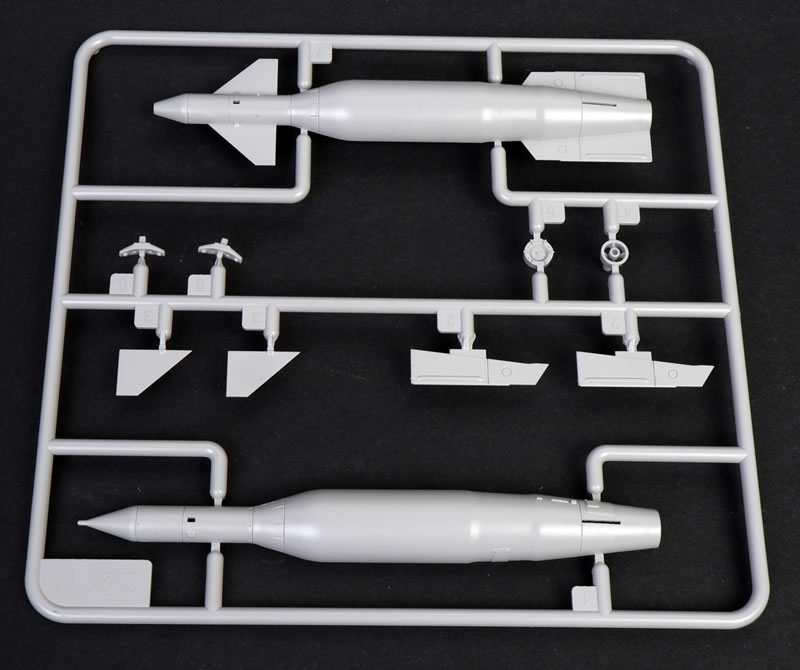
Your spares box will be full to the brim of all those unused bombs and rockets that do not apply to the GR.1.
Inside Italeri’s large top-opening box are 537 light grey plastic parts (136 parts not used), 24 clear parts (one part not used), 61 photo-etched parts on one fret; six flexible vinyl parts, two self-adhesive die-cut Kabuki masks, two 1.4 x 8mm screws, a large Cartograf decal sheet and a 56 page instruction book.
The parts count is reduced by 136 parts that will not be used, plus another dozen or so optional parts that will also come off the total. In reality, you will be using fewer than 400 plastic parts.
Before you start, make sure you locate the tiny metal screws. I thought mine were missing, but I eventually found them in the plastic bag for the photo-etched fret. I will be securing these separatelty in a small zip-lock bag at the earliest opportunity.
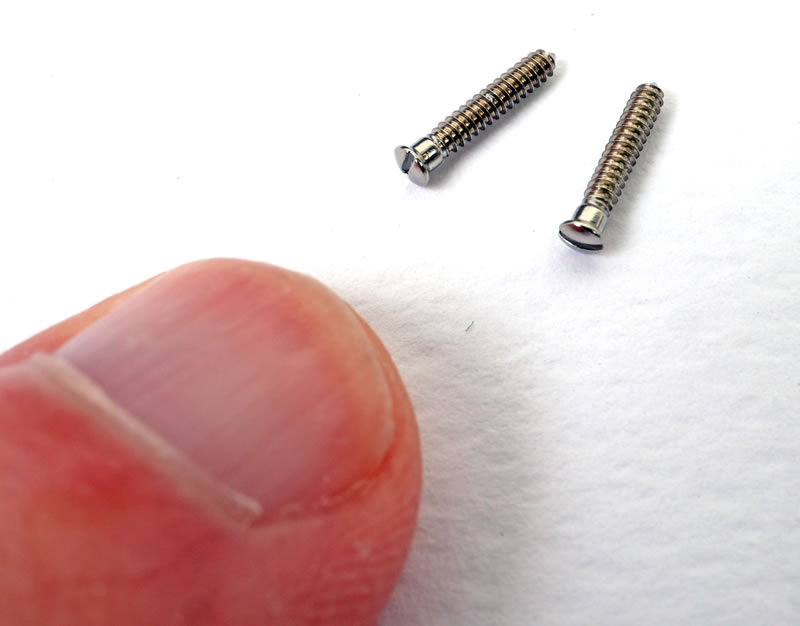
Surface detail looks appropriate for the size of the model, with recessed panel lines and rivet work that will reward careful painting and subtle weathering.
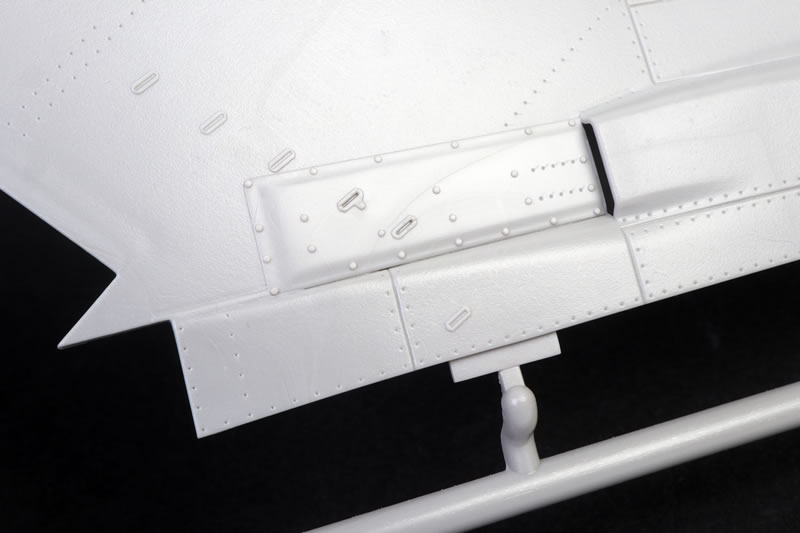
The cockpit is a highlight with raised details and optional instrument-face decals. Italeri has supplied the same instrument panels as their GR.4 predecessor but there are now three photo-etched parts to convert to the earlier analogue layout of the GR.1.
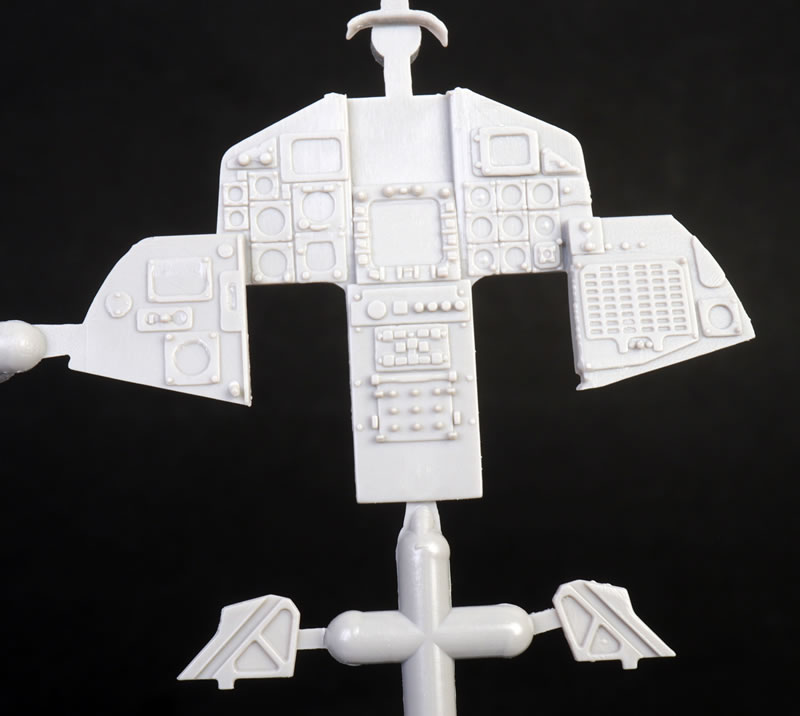
You will need to do a little surgery in preparation for the installation of the photo-etched displays, but nothing beyond any moderately experienced modeller.
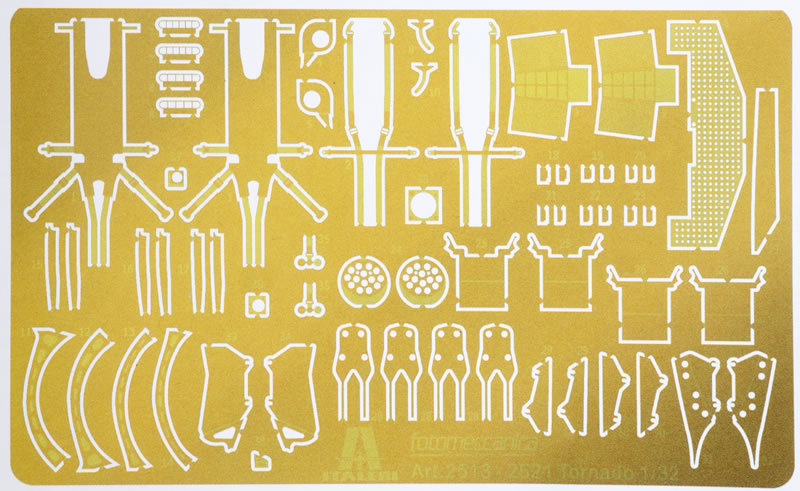
The Martin-Baker Mk.10A ejection seats are multi-part assemblies with photo-etched harnesses plus back and seat cushions with nice texture. Both cockpits and side panels look busy and convincing, with plenty of scope for additional wiring and fine painting and weathering.

The nose section may be posed open to display the radar assembly. The instructions suggest that 60 grams should be fitted inside the nose behind the radar but I think I will add a bit more weight than that. Better to be safe than sorry!
The model mirrors the engineering of the full-sized GR.1 with wings that can sweep freely, separate flaps and slats, and a detailed swing-wing mechanism.
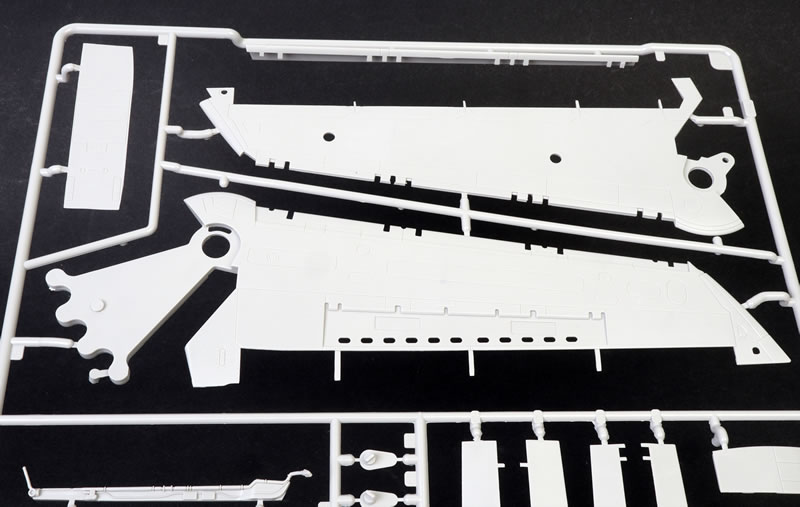
Speed brakes, air brakes, flaps, slats and rudder are all separate parts and may be posed to taste – deflected, dropped or neutral.
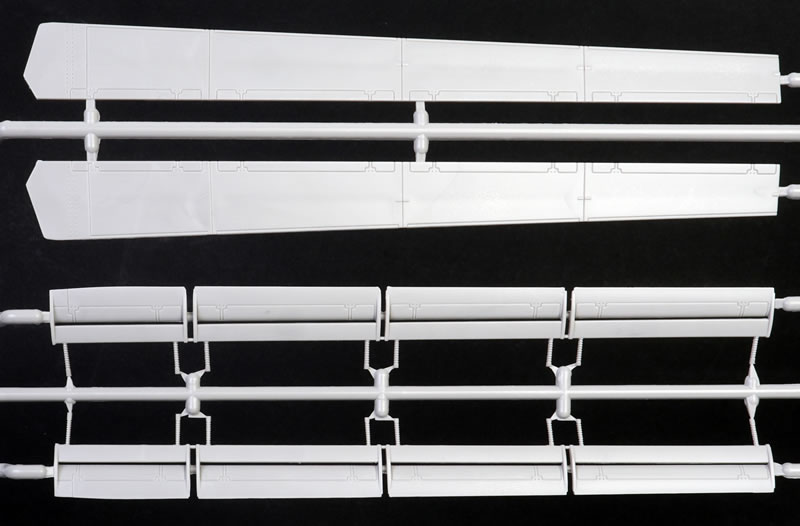
Undercarriage bays are fully boxed in with delicate ribbing and hydraulic detail. The undercarriage legs also feature nice hydraulic line detail.
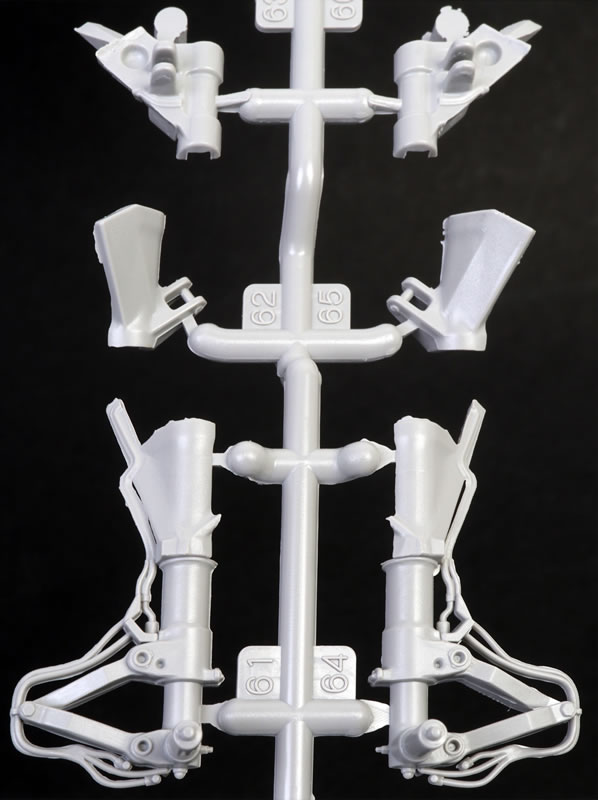
The wheel hubs and tyres are moulded separately. Italeri offers the option of flexible vinyl or solid plastic tyres. The plastic tyres are bulged and flattened. That’s the way I will be going.
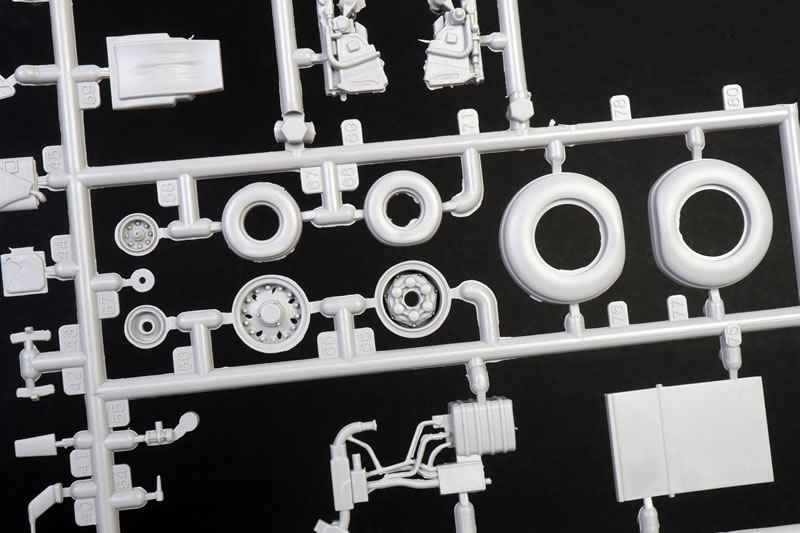
The swing mechanism is secured between the upper and lower rear fuselage halves using two 1.4 x 8 mm metal screws. The swing-wing assembly may be left functional or fixed in your preferred sweep angle. The gloves for the swing wing are moulded in flexible vinyl, permitting some movement if you wish to retain operational swing wings.
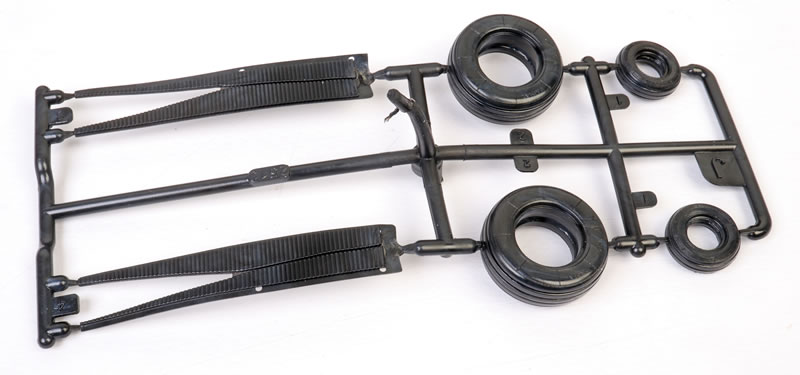
Two full-length RB.199 engines are included. These are well detailed and Italeri offers the choice of retracted or extracted thrust reverser configuration. The model may also be built in one or two engine configuration. One or both engines may be displayed outside the aircraft on a trolley too.
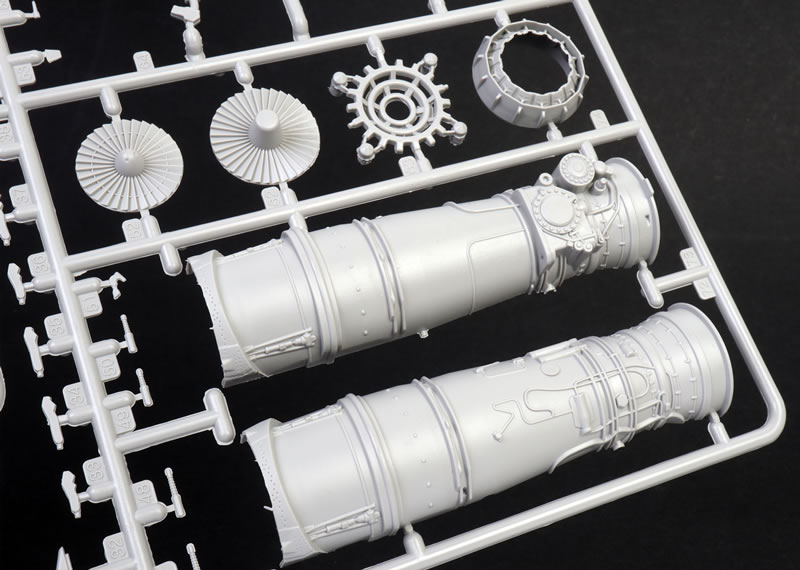
The nose fuelling boom may be depicted retracted or extended.
Italeri includes an extensive range of stores, all relevant to Operation Granby:
Twin external tanks and centreline stores are also supplied. The pylons are keyed for positive alignment, and the movable control surfaces may be positioned as desired.
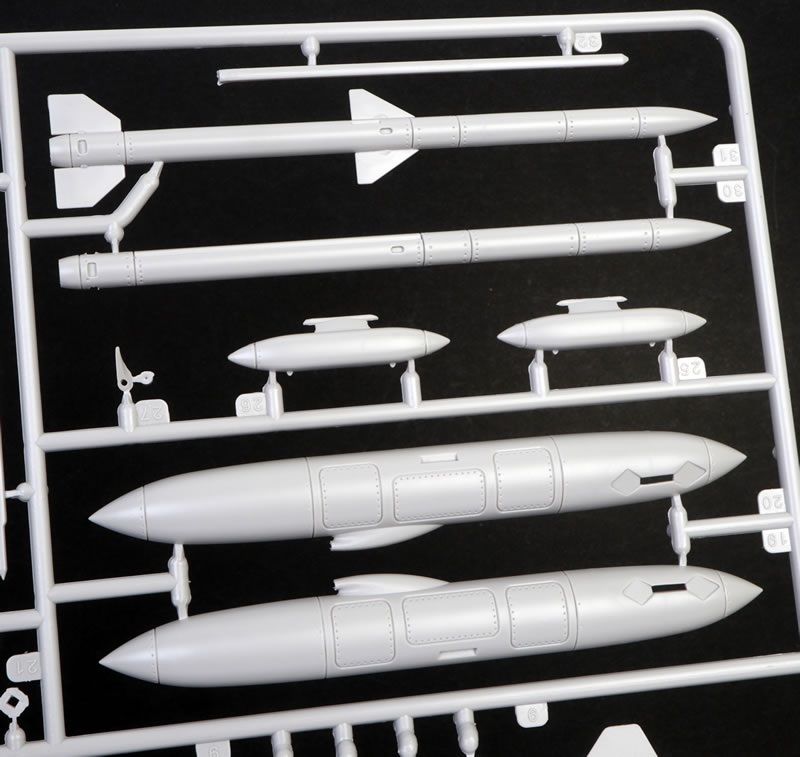
A ten-piece boarding ladder is also included.
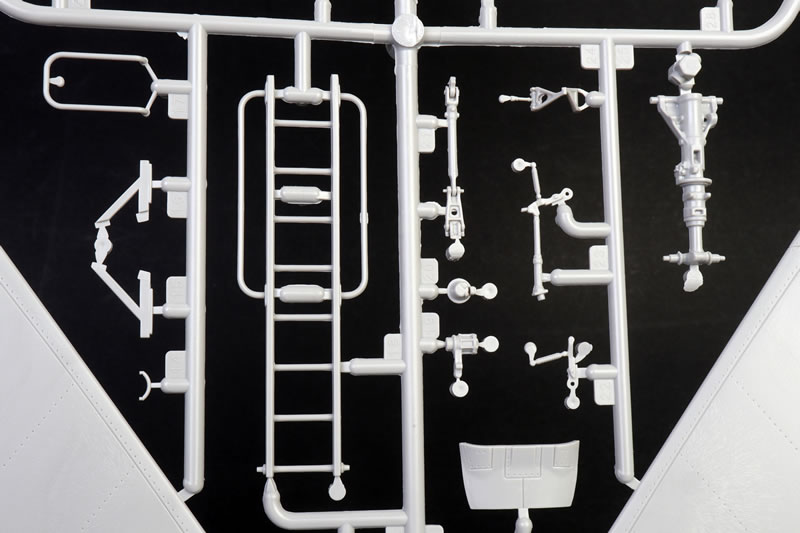
Clear Parts
Clear parts are thin and free from distortion. The big two-piece canopy may be posed open or closed. Detonation cord is moulded onto the inside of the canopy - nice touch. A support strut is supplied for the open canopy option.

The inclusion of pre-cut masks is a useful bonus too.
Markings
The sight of the RAF’s Desert Pink Tornados skimming above the sands of Kuwait became one of the enduring images of the conflict. Italeri has not disappointed with their selection of subjects.
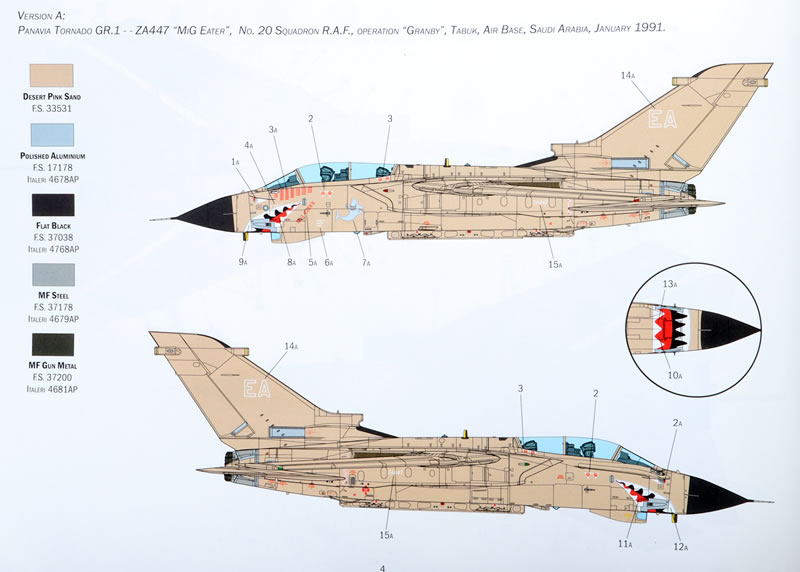
The large and perfectly printed Cartograf decal sheet features four marking options, all from RAF squadrons deployed to the Gulf—"Nikki", “Foxy Killer”, “Triffid Airways”, and “Mig Eater”. Each is complete with distinctive nose art and mission markings.

Printing is sharp, colours are glossy and rich, and carrier film is minimal. The marking guide calls out paints in the Italeri acrylic range, and FS numbers. It might have been nice to see some additional common paints called out too.
Italeri’s new 1/32 Tornado GR.1 “Desert Storm” is a worthy large-scale representation of the RAF’s iconic Gulf War strike aircraft.
The combination of a high level of detail, clever engineering, nice surface textures, quality decals and thoughtful variant-specific parts will make it an impressive display piece. It should be an engaging modelling project though.
Whether you are reliving those unforgettable images of sand-blasted Tornados skimming over the sands of Kuwait, or you simply want to add one of NATO’s most important Cold Warriors to your collection, Italeri’s 1/32 scale GR.1 delivers on all fronts.
Highly Recommended.
Thanks to Italeri for the sample
Text and Images Copyright © 2025 by Brett Green
Page Created 3 November, 2025
Last updated
4 November, 2025
Back to HyperScale Main Page |
